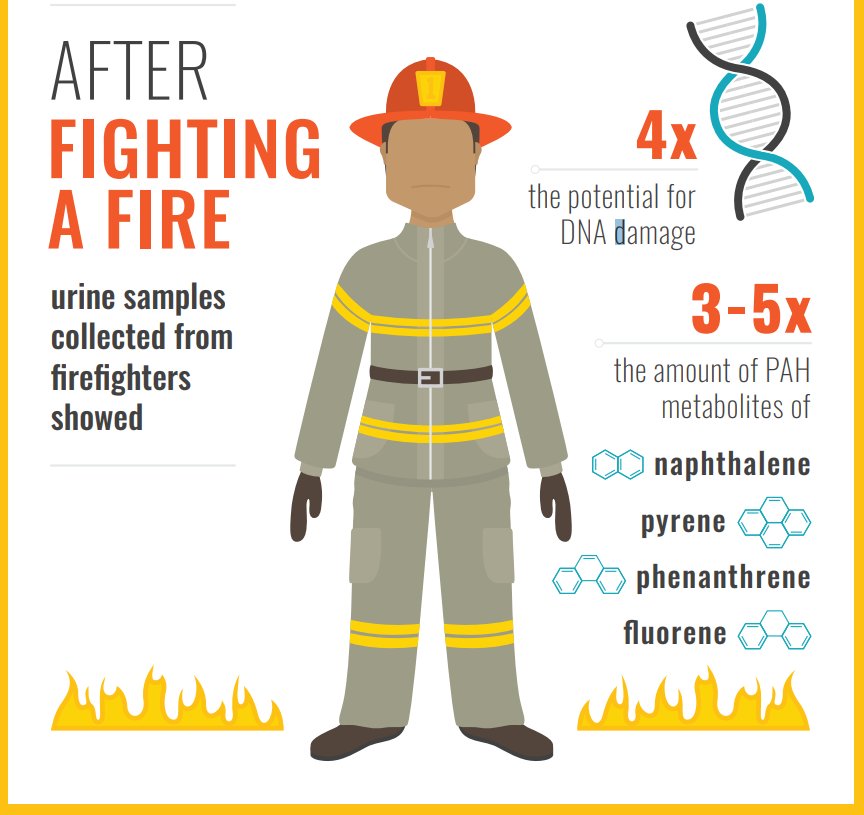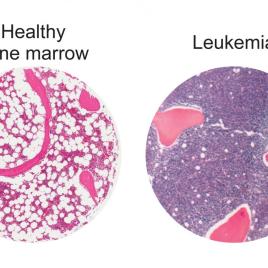After putting out flames, firefighters face a four-fold risk of DNA damage, new research suggests. Previous studies have pointed to exposure to polycyclic aromatic hydrocarbons (PAH)—which release into the air as a result of burning of wood, plastics, furniture, electronics and other building materials—as a possible cause for higher rates of cancer among firefighters. The present study set out to find the on-the-job rate of exposure to harmful chemicals in this line of work. Researchers collected urine samples, as well as swabs from skin and clothing of over two dozen Ottawa firefighters before and after they responded to fire calls. The samples contained three to five times the amount of PAHs after battling flames, including metabolites of napthalene, pyrene, phenanthrene and fluorine. Researchers propose skin decontamination immediately after fighting a fire as a possible way to help reduce firefighters’ exposure to these potentially cancer-causing compounds.

Authors:
Jennifer L. A. Keir, Umme S. Akhtar, David M. J. Matschke, Tracy L. Kirkham, Hing Man Chan, Pierre Ayotte, Paul A. White, and Jules M. Blais
Corresponding author:
Jules M. Blais, Department of Biology, University of Ottawa, ON, Email: jules.blais@uottawa.ca
Original paper published in Environmental Science & Technology on October 18, 2017.

